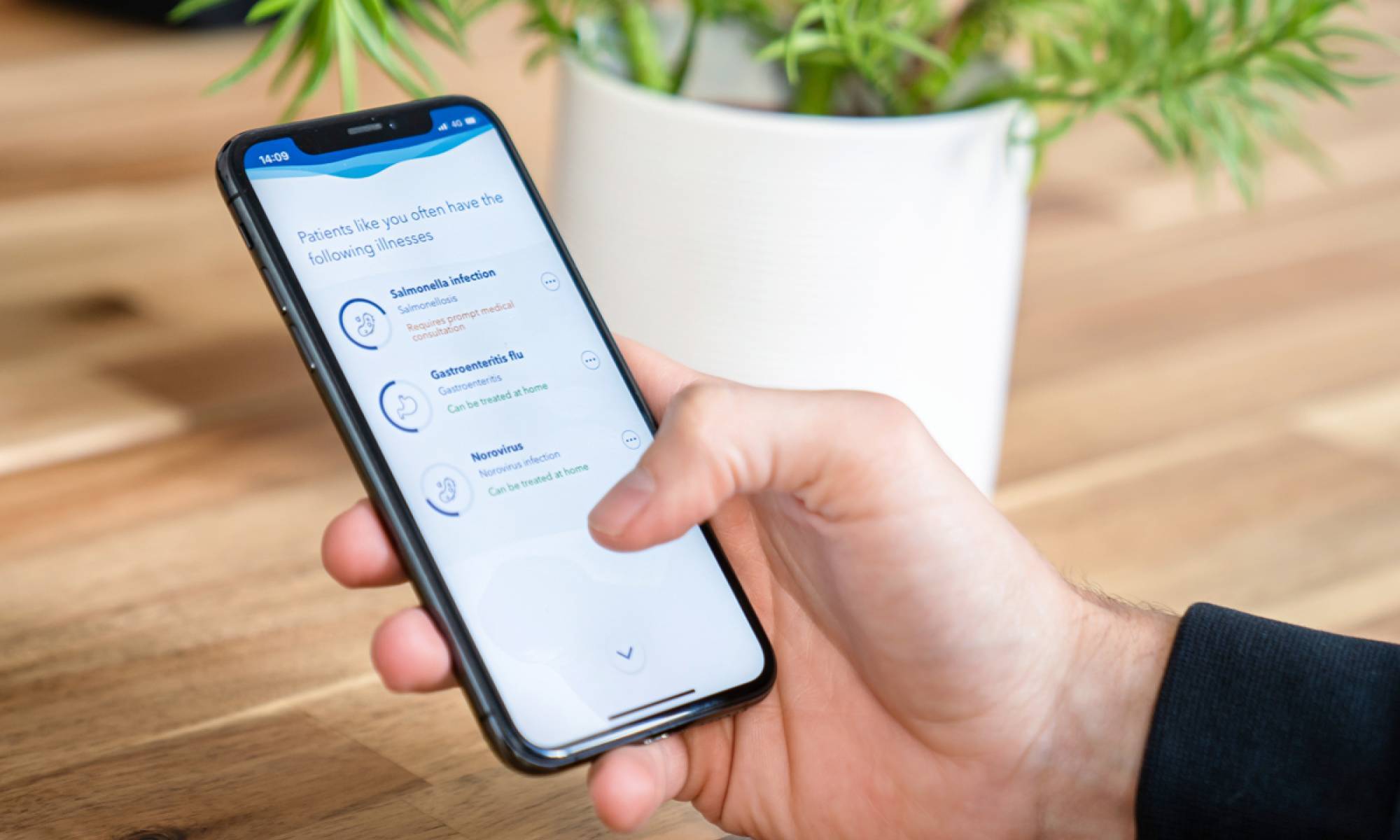Data to insights: How XUND is more than a symptom checker
How can we empower patients throughout their entire healthcare journey? At XUND, we believe this goes beyond just diagnosing their symptoms. Instead, we can build personalized digital health ecosystems that depict patient data at every stage.
In this insight, we’re exploring symptom checkers, and why it makes sense to go even further with the data they help generate. With our technology at XUND, we’re moving beyond a symptom checker — aiming to translate patient data into actionable insights across the entire patient journey. Let’s explore how.

Symptom checkers: What they are and why they matter
Symptom checkers are digital or web applications that help patients understand what health condition they might be experiencing:
- Patients begin by answering simple questions on the app to identify their symptoms.
- Once they’ve shared enough responses, the app recommends what healthcare steps they could take — self-care or medical support.
- Symptom checkers can reduce the burden on the global healthcare system by decreasing patient visits and navigating patients to the right point of contact.
Identifying and tracking patient symptoms helps ensure they’re receiving the proper care. This is why high-quality symptom checkers need constant updates to guarantee they’re based on the latest medically-verified information. Symptom checkers also need to balance the speed of diagnosis with accuracy — a study that tested a number of symptom checkers found that only around 51% of cases resulted in an accurate diagnosis. These apps also had to ask an average of 22 questions before making a recommendation.
In contrast, XUND’s technology identified the right condition in 93.3% of cases and asked an average of only 20.3 questions to make a recommendation. From this, we can conclude that secure, high-quality, medical expert-certified technology like ours is a trustworthy medical information source for both patients and providers. With our technology, patients receive an informed assessment of what might be causing their symptoms; this, in turn, helps them report their symptoms more accurately to healthcare providers.
Let’s explore how we’re progressing toward being more than just a symptom checker. At the end of the day, our mission is to cover the entire patient journey — from prevention to diagnosis, treatment, and supervision.
Building a personalized digital healthcare ecosystem
Every interaction patients have with the healthcare system results in healthcare data — like, for example, their symptoms, data from health devices (such as pacemakers), and more. Symptom checkers are useful in the initial stage of the patient journey; with their recommendations, they can direct the patient to the correct point of contact and assist with diagnosis and treatment plans.
At XUND, we go further: Our tools use data integration and natural language processing (NLP) models to analyze and organize healthcare data. In doing so, we can enable healthcare providers to continuously improve and personalize treatment plans.
As a result, integrating our technology can:
- structure unstructured data, which helps make the data accessible for healthcare providers. This, in turn, means that they’re less likely to ignore, lose, or even forget it because of the sheer volume. XUND also securely stores patient data to prevent loss.
- translate data into actionable insights through deep learning models, which analyze the language people naturally use. This can enable healthcare providers to create personalized treatment plans for patients more efficiently.
- establish a high-quality baseline for medical recommendations by using deep neural networks (DNNs) to analyze medical publications as well as find and process evidence within these texts. In doing so, our technology learns to better identify symptoms that occur with different diseases and can make more accurate recommendations. In addition, XUND’s team includes medical doctors to constantly fact-check and update new findings in our evidence base — ensuring the highest possible quality.
- extend the patient journey; with XUND’s technology, new and existing customers can come into contact with and share their health data with healthcare providers much earlier. We’ve seen this to be especially true for insurance companies.
XUND: More than a symptom checker
By leveraging state-of-the-art technology and patient data, XUND aims to transform the entire patient journey for the better. Our technology goes beyond just diagnosing symptoms — it navigates patients throughout their journey in the healthcare system by providing the correct information they need at the right time. This can help them feel more empowered and access more personalized treatment as a result.
XUND’s technology also supports healthcare providers in digitizing patient journeys and creating efficient, structured digital health ecosystems. Integrating our technology into healthcare environments:
- Prevents the costs needed to build medical databases and patient health data records from scratch
- Gives healthcare providers more time to improve and personalize patient care
- This, in turn, can increase patients’ trust in and satisfaction with healthcare systems over time.
At XUND, we’ve only just begun our journey toward building a data-driven patient journey. We plan to expand our technology in the near future and cover even more patient touchpoints along their healthcare journeys. We aim to build a more efficient, decentralized healthcare system that enables healthcare providers to support patients every step of the way.
Want to dive even deeper into the future of digital healthcare? Read about the role of digital therapeutics and its potential to treat, manage, or prevent diseases in our insight.